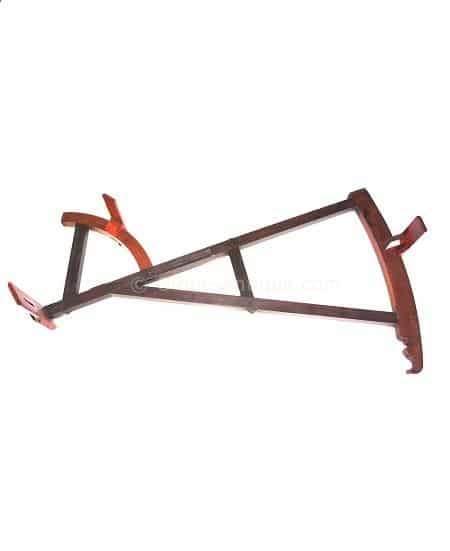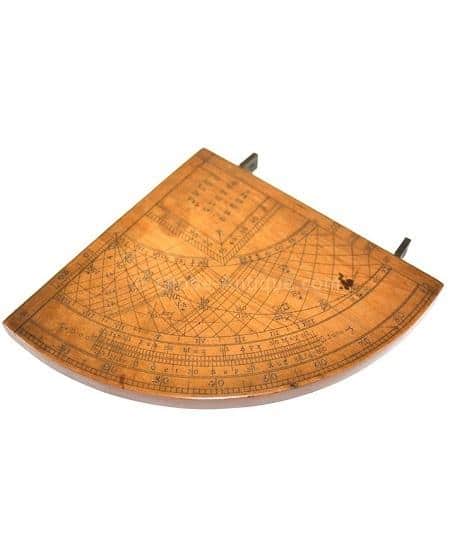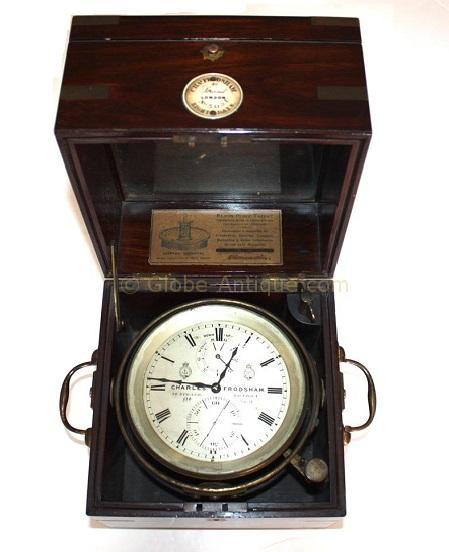Description
This backstaff , in particular, was made in the 18th Century and we have in great shape and cure. As you may know, it is an instrument mostly useful in navigational contexts to measure the altitude of a celestial body, most of the time to measure the altitude of the sun or the moon. It is a historical invention from the English sailor John Davis. As it is similar to an ancient crossbow then it leads to new inventions that took into mind this structure.
As you can see this is a rare piece of lignum vitae wood of the early 18th Century. On one side, on the small arc has divisions from 0º to 60º. The great arc has two divisions from 0-25º and from 65-90º. On the other side, the longer arm has decorations for example with a small backstaff and stars. In conclusion, in this Davis quadrant or backstaff you will be able to have a very fine piece from the 18th century.
Looking for more antique quadrants? please contact us. We are specialists in antique scientific and nautical instruments like this one. You can discover more of them here. Feel free to ask anything. Also, you can try also our Instagram professional profile.
A backstaff, also known as a Davis quadrant, is an instrument used for celestial navigation to measure the altitude of the sun or other celestial body. It was commonly used by sailors before the development of the more accurate octant and sextant.
The backstaff consists of a wooden frame with a graduated arc and a single sight vane attached to a moving arm. The observer holds the instrument up to their eye, with their back to the sun, and adjusts the moving arm until the shadow of the sight vane falls on the graduated arc. The angle between the shadow and the arc provides a measurement of the altitude of the sun.
One advantage of the backstaff over other instruments was that it did not require the observer to look directly at the sun, which could be damaging to their eyesight. However, it was less accurate than later instruments and required more complex calculations to determine the position of the ship.





